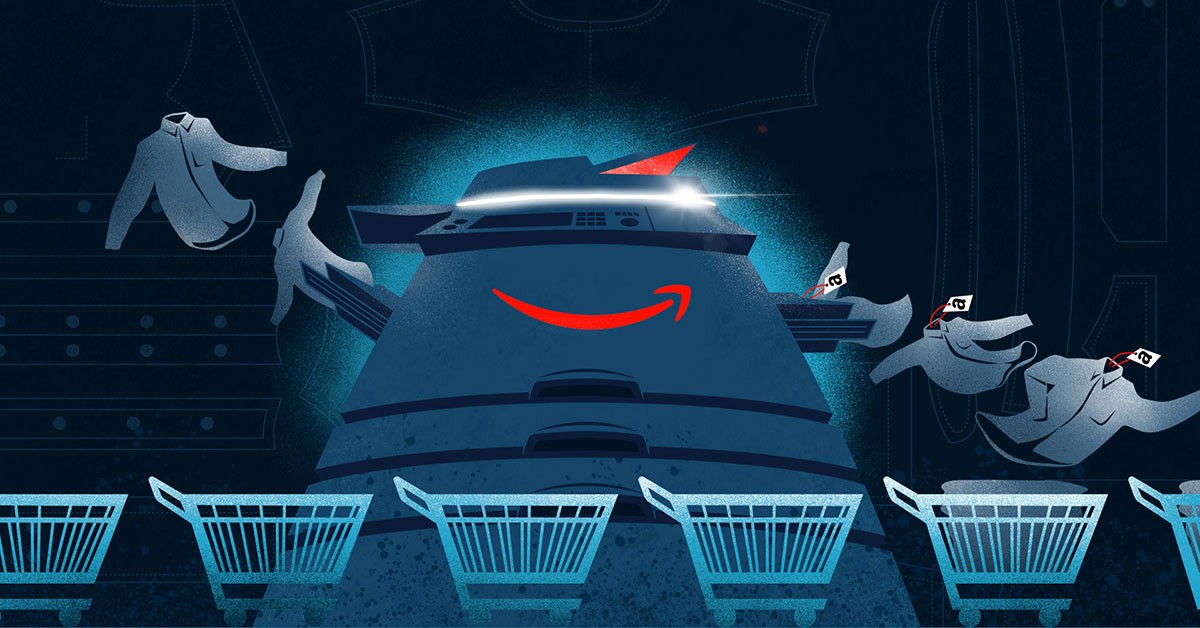
When you are designing a new product, you want it to appeal to your customers and solve a problem. You can have a team of experts working on the new product, but if the product does not address specific consumer needs in the right way, then all the time and money you spend on creating it could be in vain. Consumer feedback plays a vital role in the design and development of a new product. Since you are making the product for the consumer, having the input of the end user allows you to tailor-make the product in a way that it fulfills specific needs. End-user feedback is not only useful during the testing phase of a product. You need the consumer input as early as the idea development step. Here are three ways in which a company can utilize consumer insights to create unique and successful products.
Identifying a Gap in the Market
When you design a product, you intend it to fulfill a specific need in the market. Consumer feedback can help your company to define a gap in the market. You can design the product in such a way that it addresses that market need. For example, if you listen to what customers are saying about an existing product or the complaints they have regarding a service or product that they use, you can use the information to create a suitable product to solve an actual market need. Even when you are designing a product, integrating the end-user feedback helps in understanding what features to include in the product, and which ones to exclude. Ultimately, the ideas from the end users help you to make the right product for the right market.
Understanding the Relevance of the Product
You can know whether or not the product you are creating is relevant to the target customers by listening to what the end users are saying. You can use a product roadmap software to capture and consolidate ideas from product teams and consumers, as well as prioritize the features of the product. If the customer feedback suggests that the product does not have any meaningful value to the buyers, you may have to make certain adjustments to align it with the market needs. In some instances, user insights may suggest that the product is irrelevant, resulting in the cancelation of the product design and development process to avoid unnecessary losses.
Identifying Strengths and Weaknesses of the Product
Once your team has designed and developed a new product, the next step is to introduce it to the market. You can use a product roadmap software to schedule release and set the launch strategy, among other tasks. After launching the new product, listen to what the users are saying about the product. For example, the end users may highlight specific weaknesses that you need to address. Customer feedback, in this case, helps to pinpoint areas that you may need to improve to augment the value of your product. Similarly, the end user feedback highlights strengths and the unique selling points of your product. Gather and analyze the customer feedback, and identify the relevant details that are valuable to your product development work.
Customer insights are a valuable asset to your new product development process. Use the customer feedback to learn what the customers want, and adjust your product to meet the specific end-user expectations. When you treat customer feedback as an integral part of the product design and creation process, you stand a better chance of fulfilling your customers and increasing the performance of your business.




